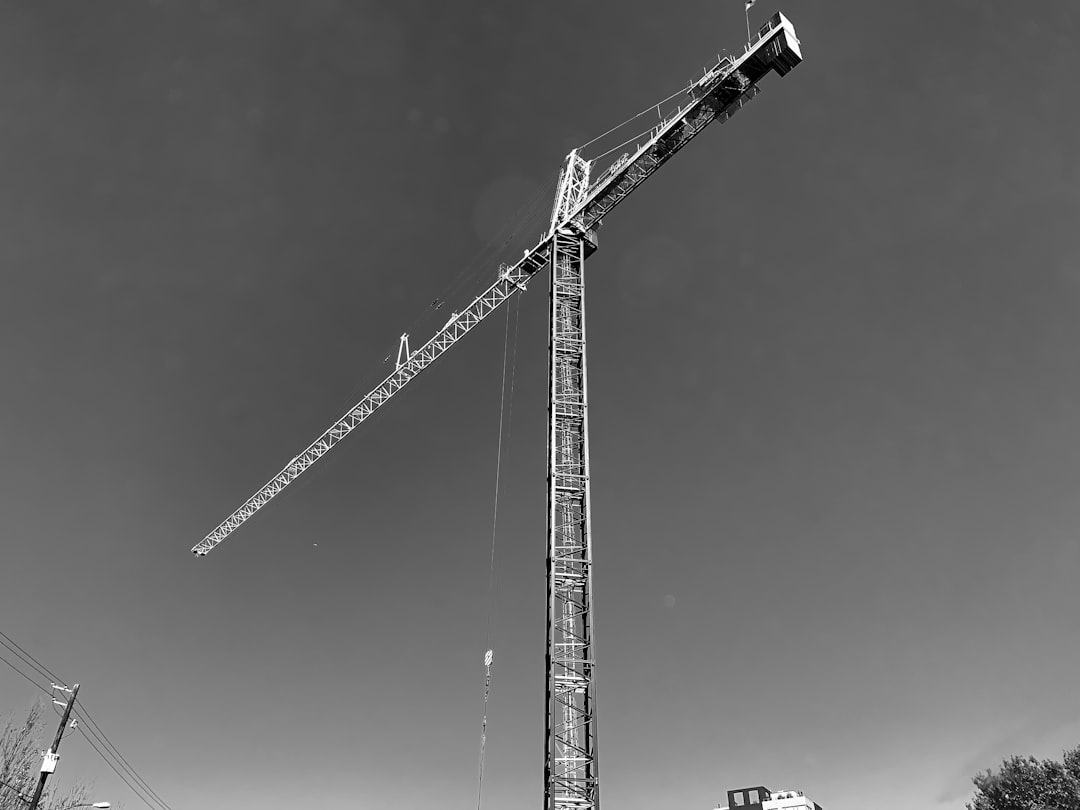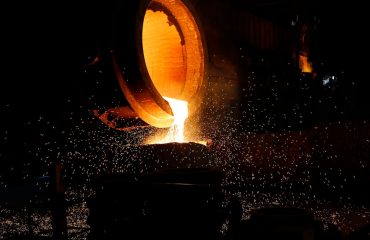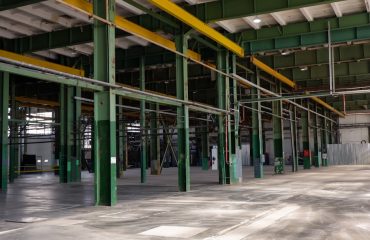The construction industry is undergoing a significant transformation, driven by the need for sustainable, efficient, and cost-effective building solutions. Hybrid construction, a revolutionary approach combining traditional building methods with modern materials and technologies, is at the forefront of this change. This innovative approach offers a unique blend of strengths, allowing for greater design flexibility, improved sustainability, and enhanced performance.
Understanding the Core Principles of Hybrid Construction
Hybrid construction isn’t simply about mixing materials; it’s a strategic approach that leverages the best qualities of different building systems. It involves integrating elements like timber frames with concrete or steel components, using prefabricated modules alongside on-site construction, or combining traditional masonry with modern insulation techniques. The key is to optimize the performance of each material and technique to achieve a superior overall outcome. This approach allows for customization, adaptability to various project needs and site conditions, and the exploitation of the advantages of each construction method.
Exploring Different Hybrid Construction Methods
The possibilities within hybrid construction are vast. Some popular methods include:
- Timber-Concrete Hybrids: This approach often involves using a timber frame for the main structure, offering speed and sustainability, with concrete elements incorporated for enhanced fire resistance, sound insulation, and load-bearing capacity in specific areas. This combination balances the lightness and renewable nature of timber with the strength and durability of concrete.
- Steel-Timber Hybrids: Steel’s high strength-to-weight ratio is combined with the sustainable and aesthetically pleasing qualities of timber. Steel can provide structural support for larger spans or heavier loads, while timber can be used for infill walls, flooring, or cladding. This hybrid offers a powerful balance of strength and sustainability.
- Masonry-Steel Hybrids: Traditional masonry techniques, valued for their durability and thermal mass, can be enhanced by incorporating steel elements for structural support or reinforcement. This combination maintains the aesthetic appeal of masonry while improving structural integrity and seismic resistance.
- Prefabricated Modular and On-site Construction: This approach combines the efficiency of prefabricated modules built off-site with traditional on-site construction for customized elements. This accelerates the building process, reduces waste, and allows for greater control over quality.
Benefits of Embracing Hybrid Construction Techniques
The advantages of hybrid construction are compelling:
- Increased Sustainability: By incorporating sustainable materials like timber and utilizing efficient construction methods, hybrid projects contribute to reduced carbon footprints and environmental impact.
- Enhanced Structural Performance: Combining materials with complementary properties leads to structures that are stronger, more durable, and better able to withstand various environmental stresses.
- Cost-Effectiveness: While initial investment might vary, the optimized use of materials and streamlined construction processes can often result in long-term cost savings.
- Improved Design Flexibility: Hybrid approaches unlock new possibilities for architectural design, enabling the creation of more innovative and aesthetically pleasing buildings.
- Faster Construction Times: The integration of prefabrication and optimized construction methods often leads to significantly reduced project timelines.
Challenges and Considerations in Hybrid Construction
Despite the numerous advantages, implementing hybrid construction presents some challenges:
- Material Compatibility: Careful consideration must be given to ensure the compatibility of different materials and their interaction within the structure.
- Design Complexity: Hybrid projects often require more sophisticated design and engineering expertise to manage the integration of various systems.
- Skilled Workforce: A skilled workforce capable of handling diverse materials and construction methods is essential for successful implementation.
- Regulatory Compliance: Meeting building codes and regulations for hybrid structures may require specialized knowledge and approvals.
The Future of Hybrid Construction: Trends and Innovations
The future of hybrid construction is bright, with ongoing research and development focusing on:
- Advanced Materials: The incorporation of innovative materials like bio-based composites and high-performance concrete will further enhance sustainability and performance.
- Digitalization and BIM: Building Information Modeling (BIM) will play an increasingly crucial role in optimizing design, construction, and management of hybrid projects.
- Sustainable Practices: Emphasis on circular economy principles and the use of recycled and reclaimed materials will become more prominent.
- Automation and Robotics: Automation and robotics will improve efficiency and precision in the construction process, particularly for prefabrication.
Hybrid construction is not just a trend; it’s a paradigm shift in how we design and build. By embracing this innovative approach, the construction industry can create more sustainable, efficient, and resilient structures for the future.
Tags: Hybrid Construction, Sustainable Building, Green Construction, Prefabricated Construction, Modular Construction




